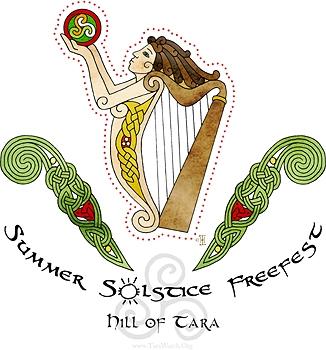The word ‘Ateneo’ comes from the name of the Greek goddess
of wisdom Athena and an Athenaeum is a center where culture is disseminated. It
is a particularly Spanish phenomenon and in Spain, from the mid-nineteenth
century, both the bourgeoisie, with the Ateneo de Madrid and the Ateneo de
Barcelona, and the working classes, created their own Athenaeums, where
cultural and intellectual activities took place. Their slogan was "culture
as a means towards the emancipation of the people."
Created in 1820 the first Ateneo de Madrid brought together all the liberal philosophers, writers and politicians of the day, but when Fernando VII reinstated Absolute Monarchy in 1823 most of these men went into exile, and it was not until the Regency of Maria Cristina in 1835 that the Ateneo was restored. It occupied various different buildings in Madrid but finally in 1884 a new building was created in Calle del Prado to become its permanent headquarters. The Ateneo became the centre of intellectual life. The writers of the Generation of ’98, such as Unamuno, Machado, Pio Baroja, Azorín, all the Spanish Nobel prize winners – Ramón y Cajal, Jacinto Benavente, Juan Ramón Jimenez, Severo Ochoa, Vicente Aleixandre and Camilo José Cela - were members of the Ateneo.
Today’s Ateneo is a place to see, hear and experience a wide
variety of cultural activities from a talk on a particular topic, to poetry
readings, musical recitals or discussions of books or exhibitions of art. The
cultural activities of the Ateneo are not restricted solely to its members, but
are open to all those who wish to participate.

















































